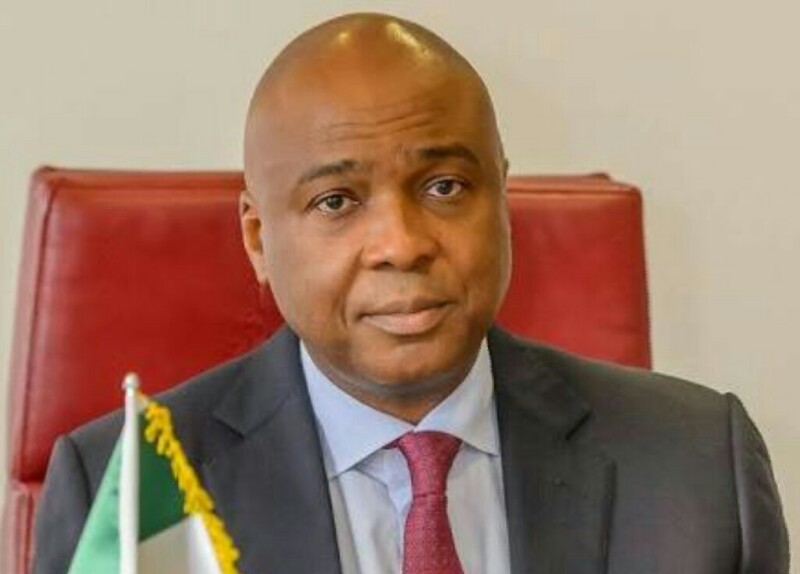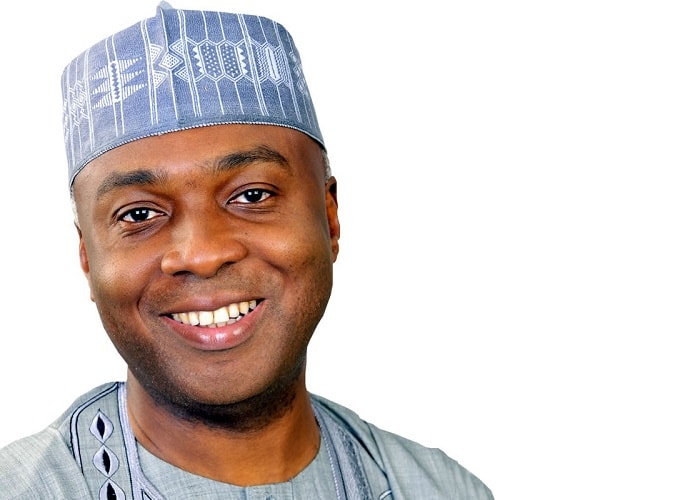Politics
Saraki Wins As Supreme Court Frees Him Of False Assets Declaration

The Supreme Court on Friday set free the Senate President, Bukola Saraki of charges in the case of false assets declaration at the Code of Conduct Tribunal, CCT.
The apex court upheld Saraki’s appeal and discharged him of the remaining three charges against him.
The court upheld the appeal in a lead judgment delivered by Justice Centus Nweze.
Umar Danladi-led CCT had in June 2017, terminated the trial and dismissed the entire 18 counts charges preferred against Saraki.
The CCT’s decision was based on the grounds that the prosecution, with its four witnesses and 49 exhibits tendered, only led hearsay evidence which could not be used to connect the Senate President to the 18 counts preferred against him.
But, the Court of Appeal in Abuja on December 12, 2017 while ruling on an appeal filed by the Federal Government contesting CCT’s decision, restored three out of the dismissed 18 counts and ordered Saraki to return to the CCT to defend the three charges.
Against this backdrop, Saraki appealed the ruling at the Supreme Court.
However, a five-man panel of the Supreme Court led by Justice Dattijo Muhammad in a unanimously ruling dismissed the remnant three counts, declaring the evidence led by the prosecution as hearsay.
In its lead judgment, Nweze upheld Saraki’s appeal and dismissed the Federal Government’s appeal.
Justice Nweze held that the evidence led by the prosecution at the tribunal was entirely hearsay.
The judge held that the Court of Appeal was wrong to have restored three out the 18 counts earlier dismissed by the CCT when it agreed that the evidence led by the prosecution was hearsay.
Justice Nweze quoted part of the Court of Appeal’s judgement where it held that, “the prosecution failed to call those who have direct knowledge of the facts sought to be proved, to testify”.
Faulting the Court of Appeal’s turn around to restore three of the counts based on the evidence it had declared as hearsay, Justice Nweze said it was “equivalent to judicial equivalence of a forensic somersault”.










